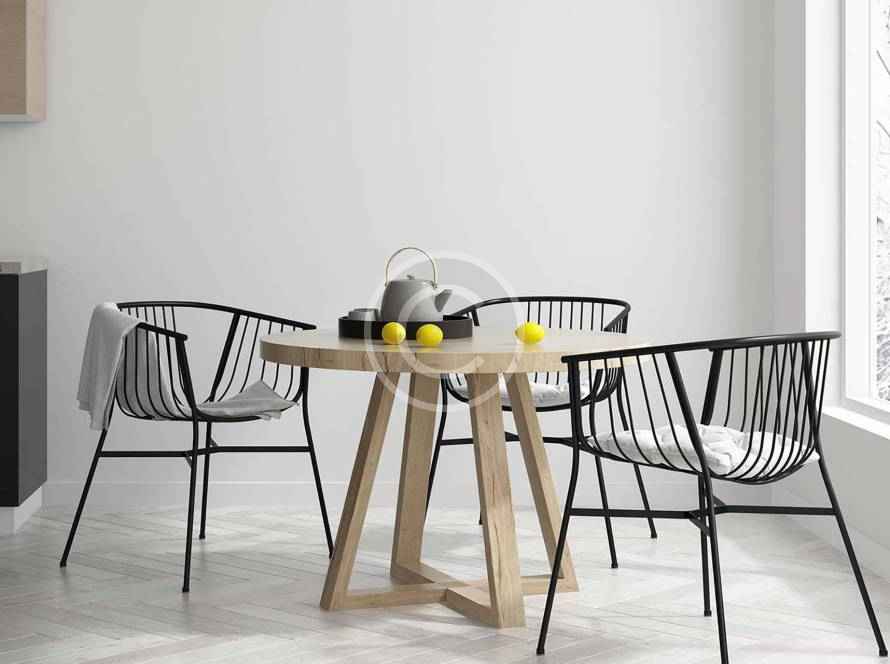As winter approaches, the choice of flooring in your home becomes a crucial decision. The right flooring can not only enhance the coziness of your space but also provide insulation against the chilly weather. In this guide, we’ll explore how to choose the best flooring for winter, striking a balance between comfort, durability, and style.
- Consider Warmth:When it comes to winter, the ability of a floor to retain and radiate warmth is paramount. Opt for flooring materials that naturally feel warm to the touch, such as:a. Hardwood: Natural wood has excellent insulating properties and can be paired with area rugs for added warmth.b. Carpet: Wall-to-wall carpeting is a classic choice for creating a warm and comfortable atmosphere.c. Cork: Cork flooring provides a soft and warm surface that is pleasant underfoot.
- Insulation and Energy Efficiency:a. Underfloor Heating: Consider flooring materials that work well with underfloor heating systems for efficient and even warmth distribution.b. Carpet with Padding: Carpet, especially with a quality padding underneath, acts as an additional layer of insulation, helping to keep the warmth inside.c. Engineered Wood: Engineered wood flooring is less prone to expansion and contraction due to temperature changes, making it a stable and energy-efficient choice.
- Durability Against Moisture:Winter often brings snow, rain, and mud, making it essential to choose flooring materials that can withstand moisture. Options to consider include:a. Tile: Porcelain or ceramic tiles are moisture-resistant and easy to clean, making them ideal for entryways and high-traffic areas.b. Luxury Vinyl Plank (LVP): LVP is a waterproof flooring option that mimics the look of hardwood while providing durability and moisture resistance.c. Concrete: Sealed concrete flooring is resistant to moisture and can be warmed up with rugs or carpets.
- Ease of Cleaning:Winter floors often face challenges like mud, salt, and snow. Choose flooring that is easy to clean and maintain:a. Tile: Tiles can be quickly cleaned with a mop and are resistant to stains.b. Laminate: Laminate flooring has a protective top layer that makes it resistant to stains and easy to clean.c. Vinyl: Vinyl flooring is water-resistant and can be cleaned with a damp mop, making it suitable for winter conditions.
- Style and Aesthetics:a. Color Palette: Consider lighter colors for flooring to maintain a bright and welcoming atmosphere during the darker winter months.b. Rugs and Runners: Enhance the warmth and style of any flooring by incorporating rugs and runners in high-traffic areas.c. Natural Materials: Embrace the beauty of natural materials like hardwood or stone to add timeless elegance to your winter-ready space.
- Budget Considerations:a. Affordable Options: Laminate and vinyl flooring often provide cost-effective solutions without compromising on style or functionality.b. Long-Term Investment: Consider investing in durable and high-quality flooring materials that will stand the test of time, providing both comfort and value.
Conclusion:
Choosing the best flooring for winter involves finding a balance between warmth, durability, and aesthetics. By carefully considering the unique challenges posed by winter weather and exploring the diverse range of flooring options available, you can create a cozy and inviting atmosphere in your home during the colder months. Whether it’s the rich warmth of hardwood, the comfort of carpet, or the practicality of tile, the right flooring can transform your space into a winter sanctuary.


